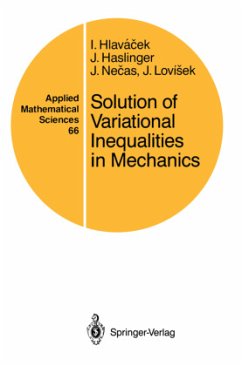
Inverse Problems in Underwater Acoustics

PAYBACK Punkte
38 °P sammeln!
Inverse problems have a long history in acoustics, optics, electromagnetics and geophysics, but only recently have the signals provided by ocean acoustic sensors become numerous and sophisticated enough to allow for realistic identification of the ocean parameters. Acoustic signals propagating for long distances in the water column and reflections of underwater sound from the ocean boundaries provide novel problems of interpretation and inversion.The chapters in this volume discuss some of the contemporary aspects of these problems. They provide recent and useful results for bottom recognition...
Inverse problems have a long history in acoustics, optics, electromagnetics and geophysics, but only recently have the signals provided by ocean acoustic sensors become numerous and sophisticated enough to allow for realistic identification of the ocean parameters. Acoustic signals propagating for long distances in the water column and reflections of underwater sound from the ocean boundaries provide novel problems of interpretation and inversion.
The chapters in this volume discuss some of the contemporary aspects of these problems. They provide recent and useful results for bottom recognition, inverse scattering in acoustic wave guides, and ocean acoustic tomography, as well as a discussion of some of the new algorithms, such as those related to matched-field processing, that have recently been used for inverting experimental data. Each chapter is by a noted expert in the field and represents the state of the art. The chapters have all been edited to provide a uniform formatand level of presentation.
The chapters in this volume discuss some of the contemporary aspects of these problems. They provide recent and useful results for bottom recognition, inverse scattering in acoustic wave guides, and ocean acoustic tomography, as well as a discussion of some of the new algorithms, such as those related to matched-field processing, that have recently been used for inverting experimental data. Each chapter is by a noted expert in the field and represents the state of the art. The chapters have all been edited to provide a uniform formatand level of presentation.














